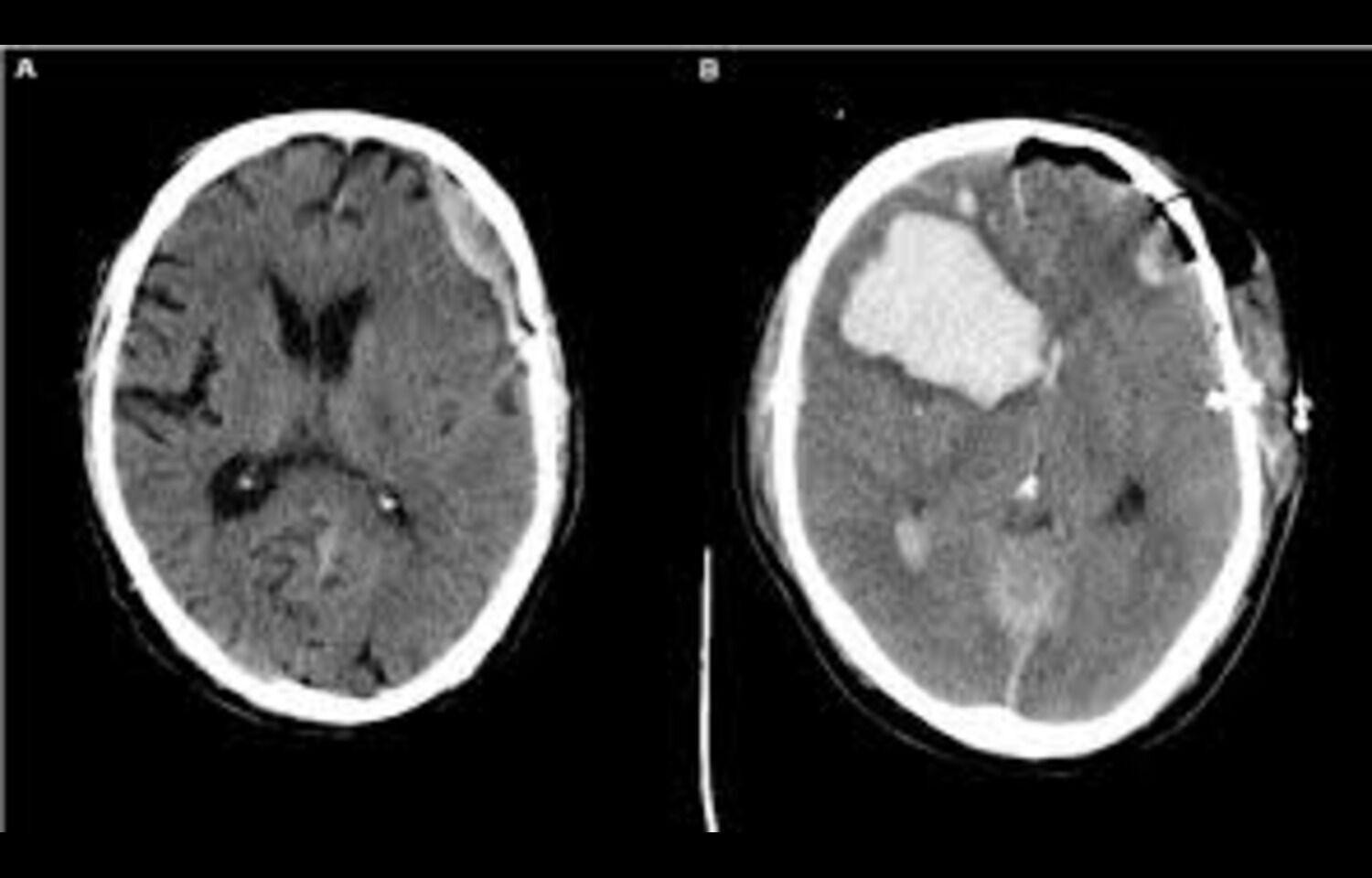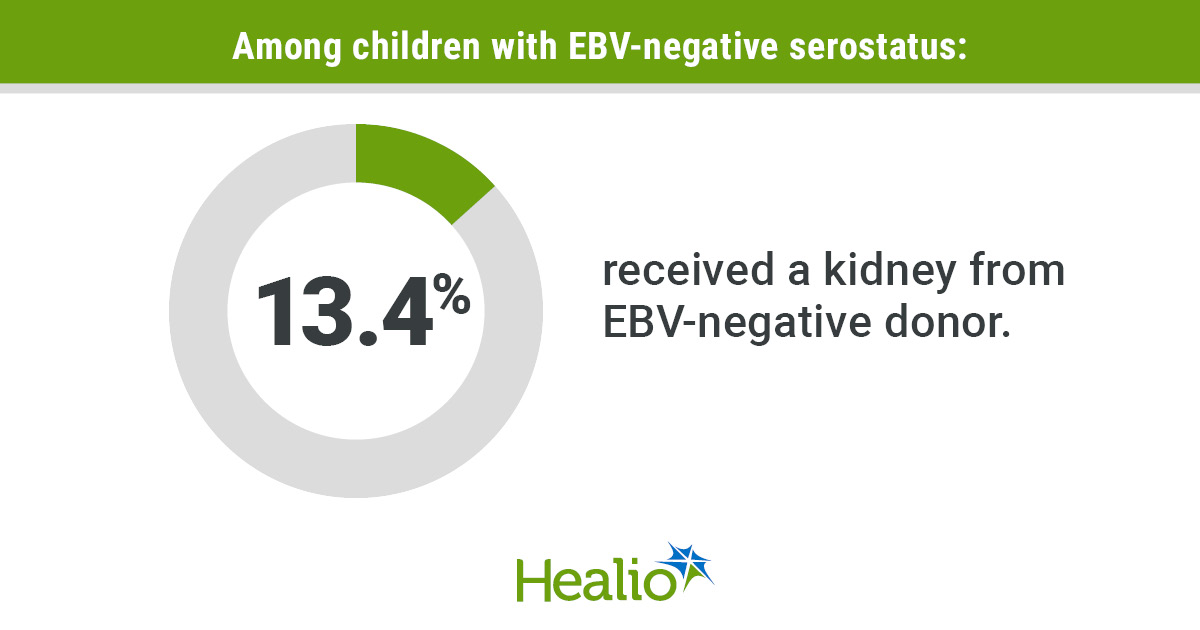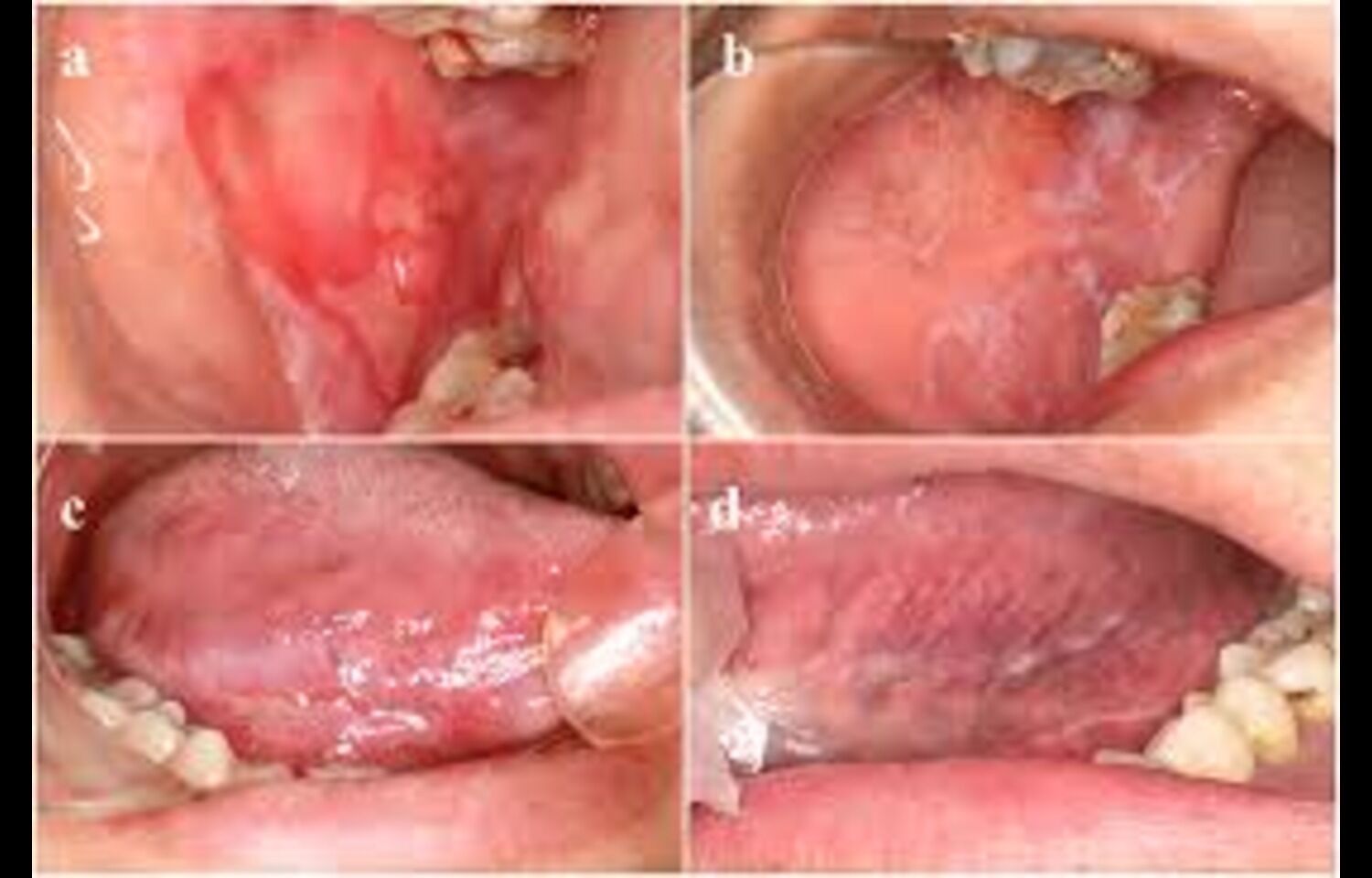October 08, 2025
2 min read
Key takeaways:
- Genetic risk for dilated cardiomyopathy was tied to elevated risk for secondary cardiomyopathies related to pregnancy, alcohol use and cancer therapy.
- Genetic screening may identify those at risk.
Genetic predisposition to dilated cardiomyopathy may elevate likelihood of developing secondary cardiomyopathies related to environmental triggers, such as pregnancy, alcohol use and cancer therapy, researchers reported.
The results mean that genetic testing may improve identification of individuals at risk for developing secondary cardiomyopathy, researchers wrote in JAMA Cardiology.

Genetic risk for dilated cardiomyopathy was tied to elevated risk for secondary cardiomyopathies related to pregnancy, alcohol use and cancer therapy. Image: Adobe Stock
“Cardiomyopathies secondary to the peripartum state, alcohol use and cancer therapy are distinct clinical entities arising from specific physiological or environmental stressors. Each condition bears a considerable clinical burden and confers a morbid prognosis,” Dimitri J. Maamari, MD, internist at UT Southwestern Medical Center, and colleagues wrote. “Recent studies have suggested that the genetic underpinnings of peripartum state, alcohol use and cancer therapy resemble those of nonischemic dilated cardiomyopathy. Specifically, rare monogenic variants associated with dilated cardiomyopathy … have been found more frequently in individuals with secondary cardiomyopathy than in the broader population. These observations have supported a two-hit hypothesis wherein a genetic predisposition for cardiomyopathy combines with a subsequent stressor, such as pregnancy, alcohol use or chemotherapy, to transition a latent susceptibility to overt clinical disease.”
To determine whether polygenic predisposition to dilated cardiomyopathy was associated with peripartum state, alcohol use and cancer therapy, researchers conducted a retrospective analysis of data from the Mass General Brigham Biobank (mean age, 56 years; 58% women).
Researchers reviewed medical records to identify patients with secondary cardiomyopathy and their antecedent risk factors.
The analysis was replicated in three additional patient cohorts: UK Biobank, FinnGen and the Veterans Affairs’ Million Veteran Program.
Across the four cohorts, 3,414 individuals were identified with secondary cardiomyopathy, of which 70 had peripartum cardiomyopathy, 2,281 had alcohol-related cardiomyopathy and 1,063 had cancer therapy-related cardiomyopathy.
The researchers reported that higher polygenic score for nonischemic dilated cardiomyopathy was associated with increased likelihood of peripartum cardiomyopathy (OR per standard deviation [SD] = 1.82; 95% CI, 1.43-2.3; P < .001), alcohol related-cardiomyopathy (OR per SD = 1.56; 95% CI, 1.34-1.82; P < .001) and cancer therapy-related cardiomyopathy (OR per SD = 1.64; 95% CI, 1.24-2.15; P < .001).
These findings were consistent across all cohorts, with the exception of peripartum cardiomyopathy in the UK Biobank and FinnGen cohorts (P for both = .2).
In the Mass General Brigham Biobank, high-confidence TTN truncating variants were associated with peripartum cardiomyopathy (OR = 27.22; 95% CI, 5.8-127.64; P = .0000279), alcohol related-cardiomyopathy (OR = 9.5; 95% CI, 3.39-26.67; P = .0000187) and cancer therapy-related cardiomyopathy (OR = 13.9; 95% CI, 1.79-108.6; P = .01). The other 11 monogenic variants associated with dilated cardiomyopathy were not present in patients with peripartum, alcohol-related or cancer therapy-related cardiomyopathy, the researchers wrote.
Overall, 57.1% of patients with peripartum cardiomyopathy, 28.9% with alcohol-related cardiomyopathy and 81.2% with cancer therapy-related cardiomyopathy had no diagnosed clinical risk factors at the time of secondary cardiomyopathy diagnosis. Very few patients had three clinical risk factors at the time of diagnosis.
“Individuals with peripartum cardiomyopathy, alcohol-related cardiomyopathy and cancer therapy-related cardiomyopathy were enriched for a high polygenic predisposition to dilated cardiomyopathy. This polygenic liability was more commonly observed among individuals with cardiomyopathy than was the presence of a monogenic dilated cardiomyopathy variant,” the researchers wrote. “Polygenic prediction may offer a more feasible path to improving risk stratification for secondary cardiomyopathies, given the limitations of current clinical predictors. Future studies — ideally in prospective cohorts — should assess whether individuals with known genetic risk benefit from tailored monitoring during high-risk periods, such as pregnancy or cancer therapy.”









